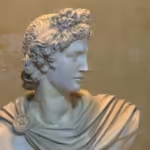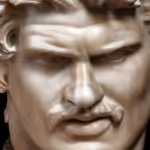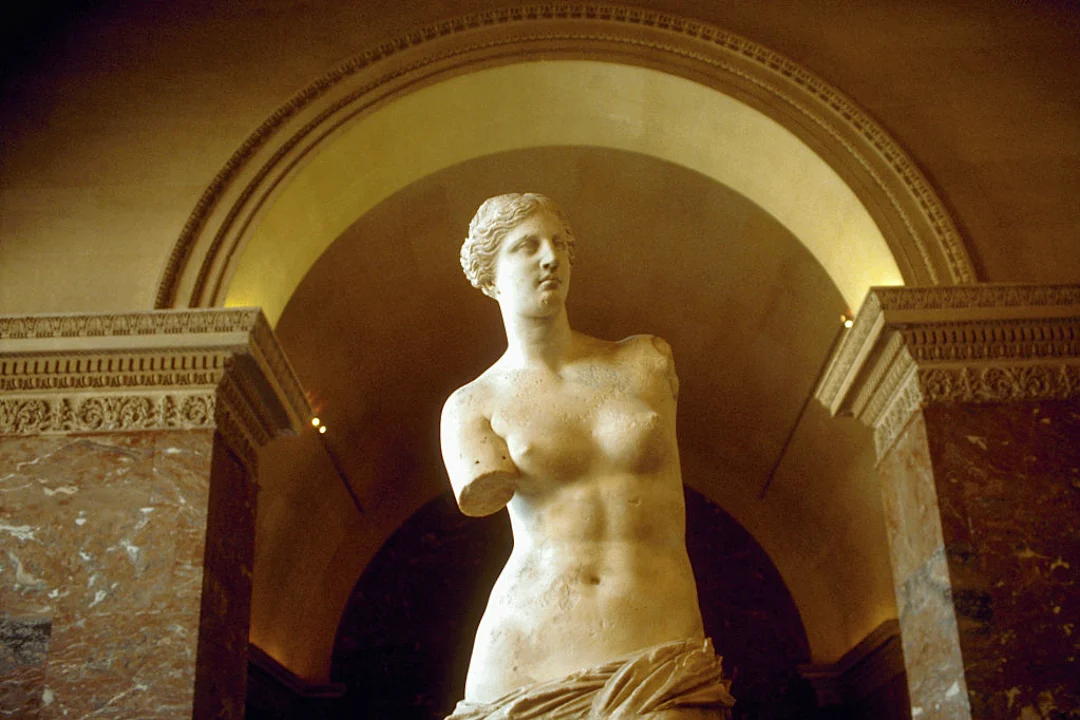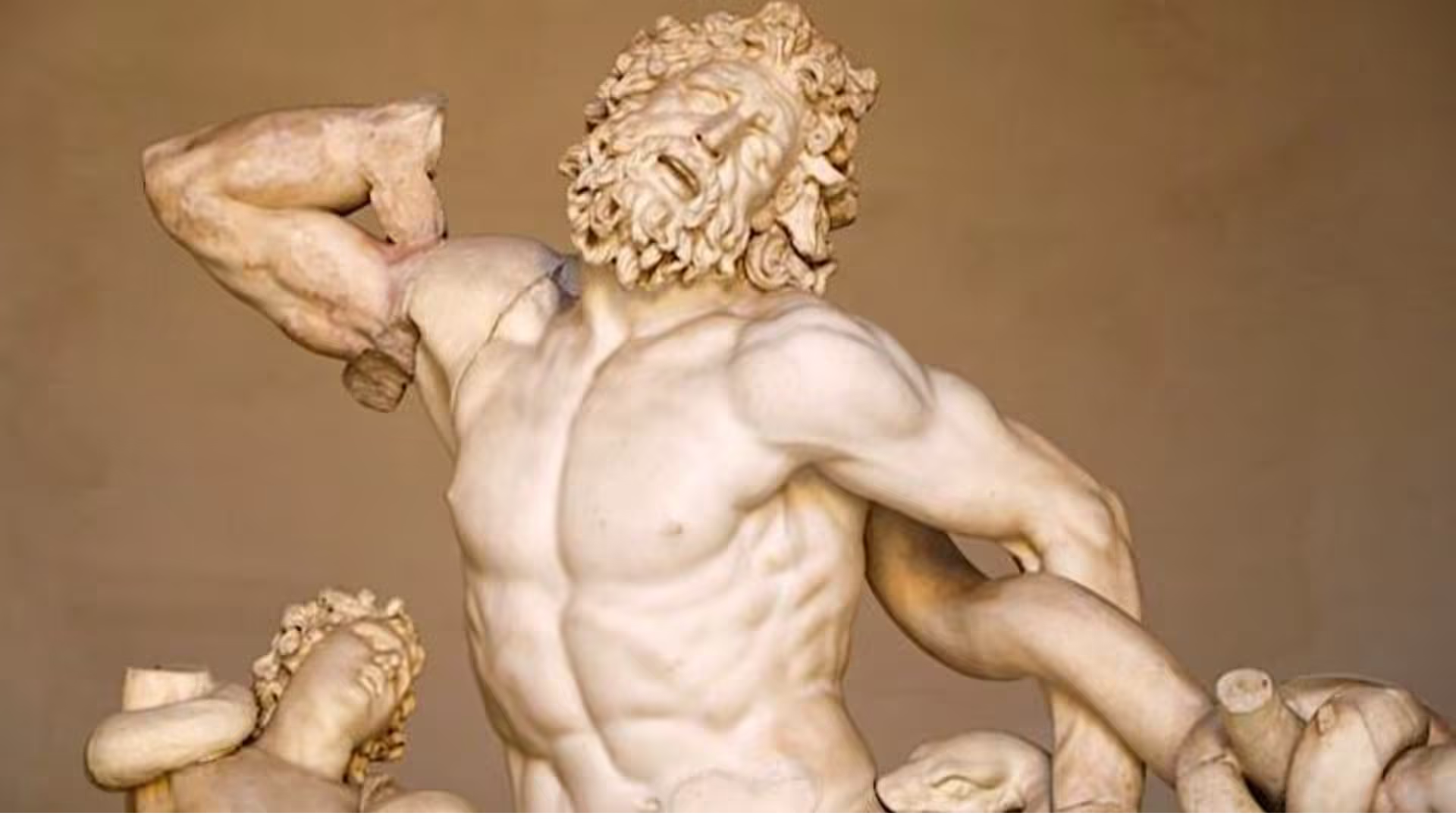The Winged Victory of Samothrace is not merely an ancient work of art; it embodies profound meanings that reflect human culture and sentiment towards victory and freedom. Discovered in 1863 on the island of Samothrace, this magnificent sculpture currently resides in the Louvre Museum and depicts Nike, the goddess of victory from Greek mythology. With her expansive wings spread wide as if ready to soar into the heavens, she symbolizes triumph and the indomitable spirit of humanity.
Historical Context of The Winged Victory of Samothrace
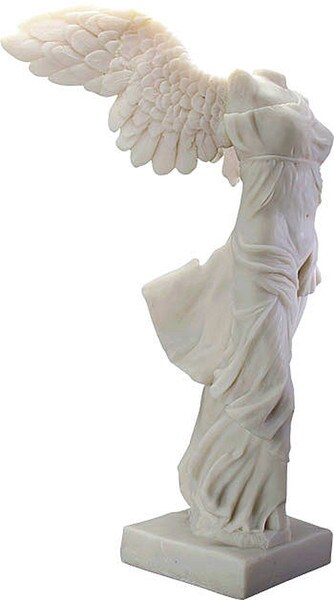
To fully appreciate The Winged Victory of Samothrace, one must consider the historical backdrop against which this masterpiece was created. Emerging during a tumultuous period marked by political and social upheaval in both Egypt and Greece, the statue reflects the zeitgeist of its time.
The creation of the statue around the second century B.C. came during a moment when the concepts of power and victory were heavily influenced by prevailing world events. As wars raged and cultures collided, art became an avenue for expressing not just personal sentiments but also broader societal themes.
The Influence of Politics and Society
The political climate of the time played a pivotal role in shaping artistic expressions. In the Hellenistic period, artists sought to communicate deeper narratives through their works, often intertwining personal and collective experiences.
The Winged Victory of Samothrace serves as a reminder of how art can encapsulate the essence of a society grappling with change. Through the vivid portrayal of Nike, we see not only athletic prowess but also the aspirations and struggles of individuals caught in the currents of history. It prompts viewers to reflect on how power dynamics influence creativity and self-expression.
Artistic Techniques Employed
The craftsmanship of The Winged Victory of Samothrace exhibits remarkable skill, showcasing advanced sculptural techniques that highlight the dynamism of the figure. The intricate drapery of her garments creates a sense of movement, as though the wind itself animates her form.
Such attention to detail reveals the artist’s mastery over material, manipulating stone to achieve fluidity. This level of craftsmanship invites us to consider the artistry within the context of technological advancements at the time. The use of techniques like contrapposto—the position where weight shifts onto one leg—imbues the figure with a lifelike quality that resonates even today.
Symbolism Embedded in the Sculpture

Beyond its aesthetic appeal, The Winged Victory of Samothrace is steeped in symbolism. The statue represents more than just the literal notion of victory in battle; it encompasses the triumphs inherent in the human experience.
The outspread wings signify liberation and the potential for transcendence beyond earthly challenges. This symbolic representation echoes the universal desire for recognition, growth, and ultimately, victory in various facets of life. The sculpture thus becomes a mirror reflecting the audience’s aspirations and struggles, inviting them to explore their interpretations of victory.
Interpretations of Victory Through The Winged Victory of Samothrace
As we delve deeper into the layers of meaning behind The Winged Victory of Samothrace, we encounter various interpretations that extend beyond mere military connotations.
Victory, in contemporary contexts, transcends the battlefield and resonates through personal accomplishments and resilience in everyday life. The presence of Nike encourages individuals to reflect on their own journeys toward self-fulfillment and achievement.
Personal Triumphs in Modern Society

In today’s fast-paced world, individuals continually seek victories on both personal and professional fronts. This perspective aligns with the idea that every small achievement contributes to the larger tapestry of success.
The Winged Victory of Samothrace serves as an emblematic reminder that victories do not solely belong to the grandiose moments celebrated in public spheres but are often found in quiet personal battles. Whether it’s overcoming adversity at work, nurturing relationships, or achieving academic goals, each act of resilience becomes part of our narrative of triumph.
In a society that prioritizes visible success, the statue urges us to acknowledge and celebrate victories that may go unnoticed by others. It highlights that success is subjective and should be measured by individual standards, encouraging a more inclusive understanding of achievement.
Collective Triumph and Unity
Victory can also symbolize collective achievements, where communities come together to overcome shared challenges. The resonance of The Winged Victory of Samothrace extends to social movements, cultural revolutions, and communal efforts that redefine what it means to win as a society.
In times of crisis, when people unite for a common cause, they embody the very spirit of Nike. The statue becomes a source of inspiration, reminding us of the potential for profound impact when lives converge toward a shared goal. It teaches us that every effort counts, and collective victories reinforce the strength of community bonds.
Overcoming Adversity

Moreover, the journey toward victory is rarely linear. The path is often fraught with obstacles, failures, and setbacks—a reality reflected in the stories of many successful individuals throughout history.
The Winged Victory of Samothrace prompts us to embrace these challenges as integral components of the victory narrative. It symbolizes the resilience required to rise after falling, emphasizing that the struggle itself is a crucial aspect of the eventual triumph.
In recognizing this, individuals can shift their perspectives; rather than viewing failures as defeats, they can see them as necessary steps toward growth and learning. Thus, the statue embodies a powerful message: true victory lies not in the absence of failure but in the courage to confront it head-on.
Artistic Legacy and Cultural Impact of The Winged Victory of Samothrace

The historical significance and artistic brilliance of The Winged Victory of Samothrace have ensured its place within the canon of art history. However, its influence extends far beyond academia, penetrating popular culture and inspiring generations of artists, writers, and thinkers.
Inspiration Across Time

From its discovery to modern times, the statue has inspired countless creatives who draw upon its imagery to express their visions. Artists have reinterpreted the essence of Nike, incorporating her iconography into diverse mediums ranging from painting and photography to fashion and design.
The legacy of The Winged Victory of Samothrace underscores the timeless relevance of art. Its ability to transcend eras speaks to the universal nature of the themes it represents—victory, resilience, and the pursuit of excellence.
The Role of Museums and Preservation

Museums play a critical role in preserving this rich legacy. The Louvre Museum, where the statue is housed, ensures that The Winged Victory of Samothrace continues to engage audiences with its beauty and significance.
The museum’s efforts to curate exhibitions that contextualize the statue within broader historical narratives allow visitors to connect with the artwork on a deeper level. Engaging with artifacts of the past fosters appreciation for the contributions of earlier civilizations while encouraging reflection on contemporary issues.
Cultural Reinterpretations

In modern media, The Winged Victory of Samothrace finds echoes in films, literature, and advertising, where its imagery is adapted to convey messages of empowerment and aspiration. For instance, brands often leverage the symbolism of victory to inspire consumers to pursue their goals, reinforcing the statue’s status as a cultural touchstone.
This phenomenon exemplifies how art remains intertwined with societal values, adapting to reflect changing norms and ideals. The adaptability of the statue’s message emphasizes the importance of interpreting art through evolving lenses, allowing it to resonate with new generations in meaningful ways.
The Spiritual Dimension of The Winged Victory of Samothrace
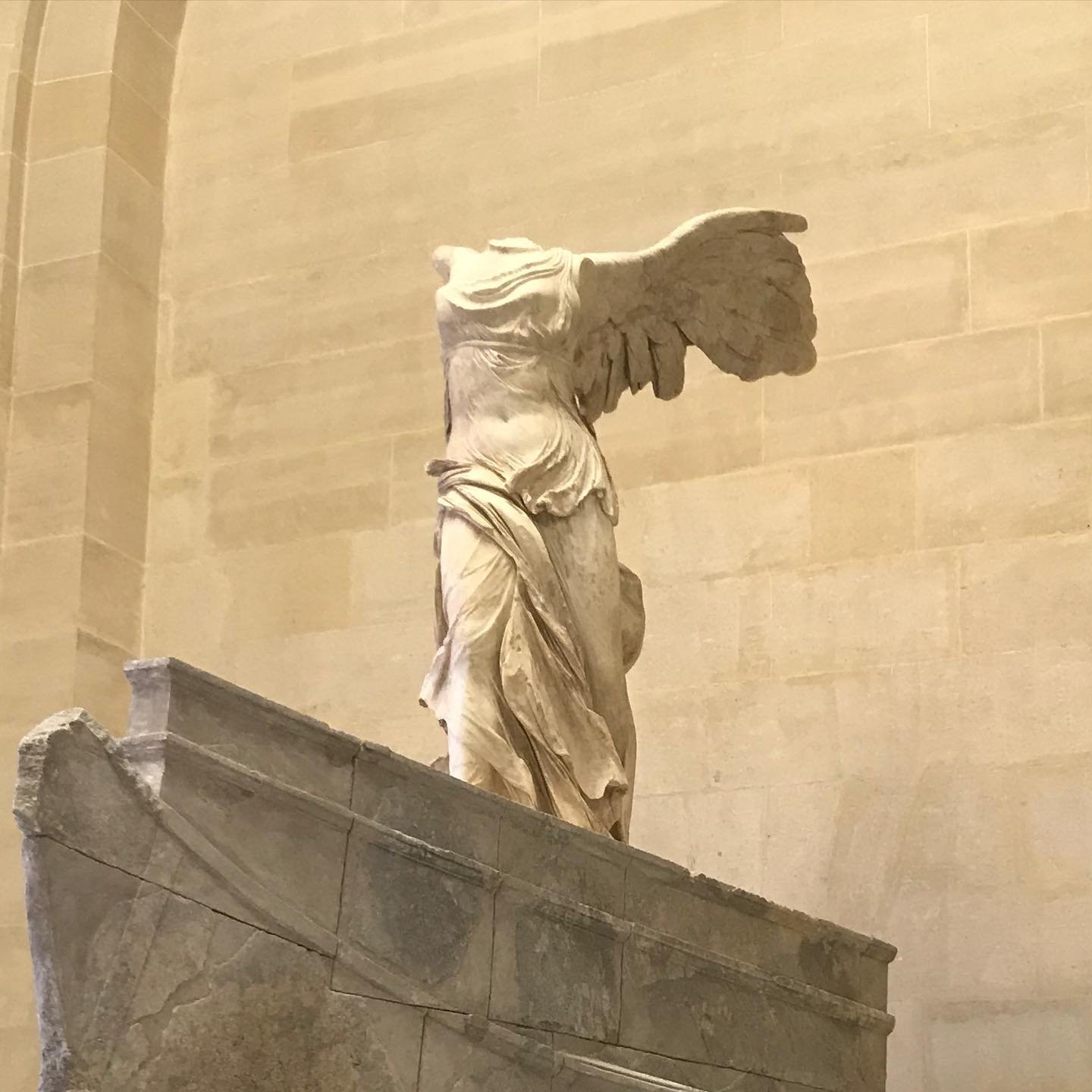
Beyond its historical and artistic dimensions, The Winged Victory of Samothrace beckons viewers to explore spiritual interpretations of victory. This aspect adds depth to our understanding of the statue, revealing how it connects with existential inquiries about life and existence.
Seeking Meaning Beyond Material Success
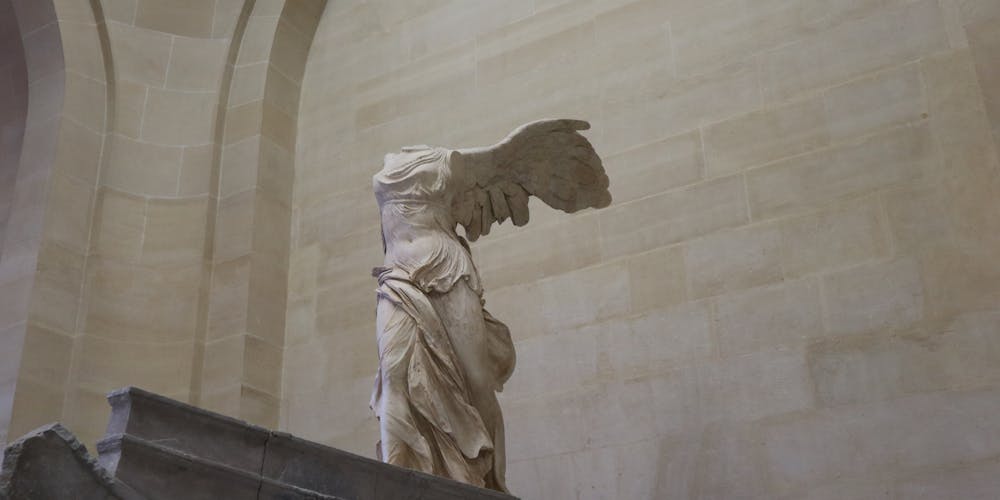
In a world often dominated by material pursuits, the statue inspires contemplation of deeper meanings associated with victory. It opens the door to discussions about what true success looks like and how individuals define their victories along spiritual lines.
The image of Nike raises questions about the relationship between external accomplishments and inner fulfillment. Are victories measured by accolades, wealth, and prestige, or do they extend to qualities like wisdom, compassion, and personal growth?
The Journey of Self-Discovery

Furthermore, The Winged Victory of Samothrace symbolizes the journey of self-discovery, where individuals seek to understand their purpose and navigate the complexities of existence. The process of striving for clarity and authenticity becomes a victory in itself, fostering a sense of connection with something greater than oneself.
In this light, the statue transforms into a beacon of hope for those seeking direction and meaning amidst chaos. It champions the idea that personal victories are often hidden within the struggle for self-awareness and realization.
Liberation Through Acceptance

Acceptance of life’s uncertainties and embracing one’s imperfections can also be viewed as a form of victory. The Winged Victory of Samothrace serves as a reminder that liberation comes from surrendering to the ebb and flow of existence, relinquishing the need for control, and finding peace in the present moment.
By redefining victory as a state of being rather than an endpoint, individuals can cultivate resilience and gratitude in their lives. This perspective encourages a holistic approach to life—embracing both the highs and lows as essential components of the human experience.
Conclusion
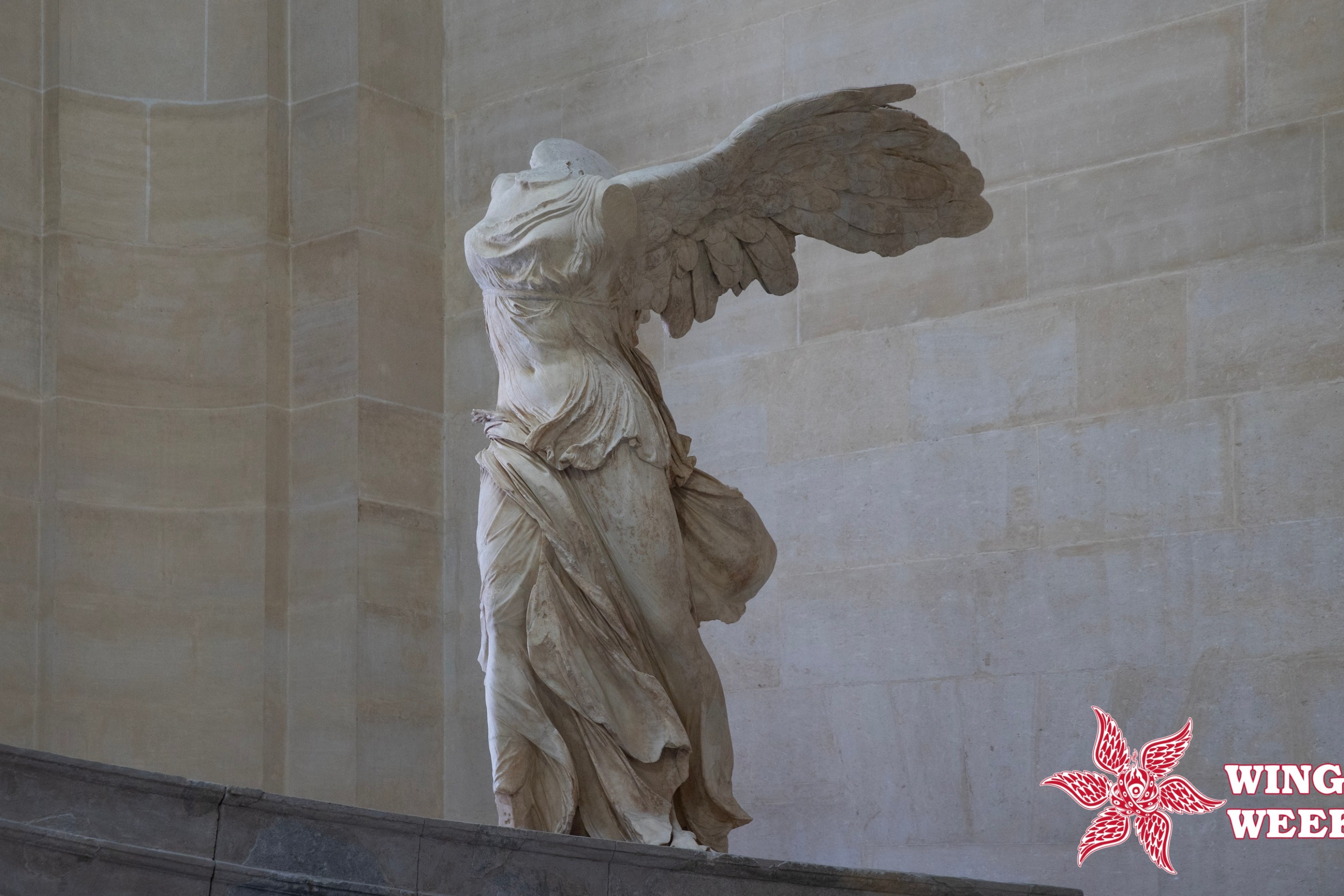
In conclusion, The Winged Victory of Samothrace transcends the boundaries of a mere artistic creation; it encapsulates the complexities of human aspiration, resilience, and identity. Through its historical context, artistic mastery, and profound symbolism, the statue invites us to reflect on our personal journeys and collective experiences.
As we navigate the ever-changing landscape of life, The Winged Victory of Samothrace stands as a powerful reminder that every victory, no matter how small, contributes to the fabric of our existence. It encourages us to redefine our perceptions of success, embrace the lessons learned from challenges, and celebrate the unique stories of triumph that each individual carries within.
Thus, the spirit of Nike continues to inspire us all in our quest for meaning, purpose, and the ultimate victory of the human spirit.





